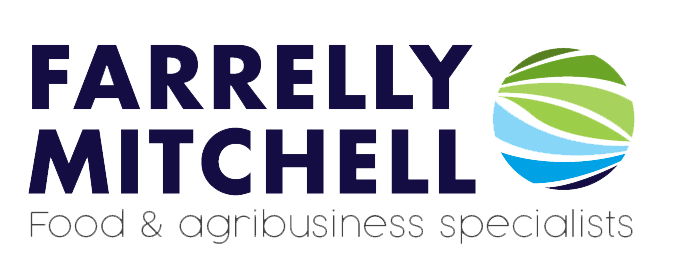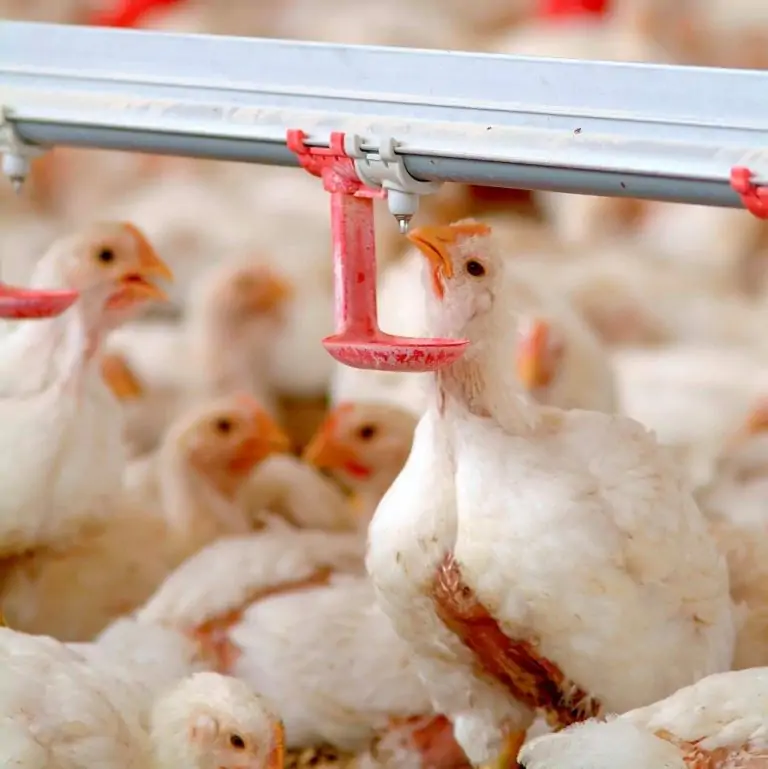The investment in and development of the Saudi poultry sector is a key goal for both the government and the private sector, however such investments could be a fraught venture, even in a region where chicken is a dinner-time favourite.
Increasing Demand
Poultry meat accounts for nearly three-quarters of meat consumption in the Saudi Arabia, compared to a global average of less than 40 percent. Consumers love chicken because it is a healthy source of protein, is versatile and is available at a low cost. The emergence of a fast-growing and discerning Saudi middle class has seen an increase in demand for both fresh poultry meat products.
The Saudi government has put into place a range of incentives for local poultry producers, with a long-term goal of reaching self-sufficiency, in order to boost the desert nation’s food security.
Investment
It’s also an attractive sector for private investors, as poultry production is relatively resource-efficient by comparison to wheat and dairy production, both of which exacerbate the Kingdom’s dwindling water reserves. Poultry accounts for more than 70 percent of domestically produced meat.
Local producers can compete effectively against competing imported chicken, particularly as consumers become more discerning and demand fresh and chilled chicken products.
Demand for chicken in Saudi Arabia has been growing strongly since 2008, but it is only since 2010 that growth in local production has out-stripped import growth.
This dovetailing of public and private interests means that local production is forecast to grow by as much as 50 percent over the next decade. This production is expected to come as a result of major investments by the most significant participants in the market – Al Watania Poultry, Al-Fakieh and Almarai.
Food market analysis with Farrelly Mitchell
Saudi Arabia’s efforts to enhance their poultry industry illustrates a commitment to establishing food security and sustainable agriculture, and this may prove critical in the coming years.
At Farrelly Mitchell, we hold deep insights into primary production sectors such as poultry, livestock, dairy, and crops farming. We provide invaluable support to businesses in these industries, including sustainability and esg, agri-inputs strategies, water management, food safety system design, and market intelligence & insights.
With our support, businesses can navigate policy and regulations, foster operations improvement, and implement cutting-edge agtech and digitalisation tools for efficient and sustainable production. To learn more about our services, contact us today.














